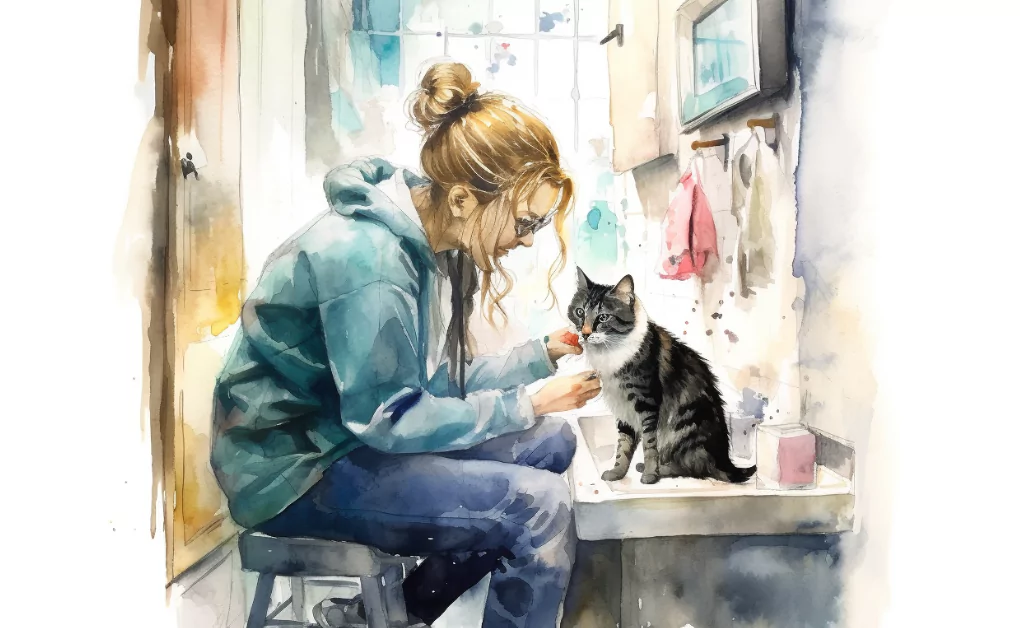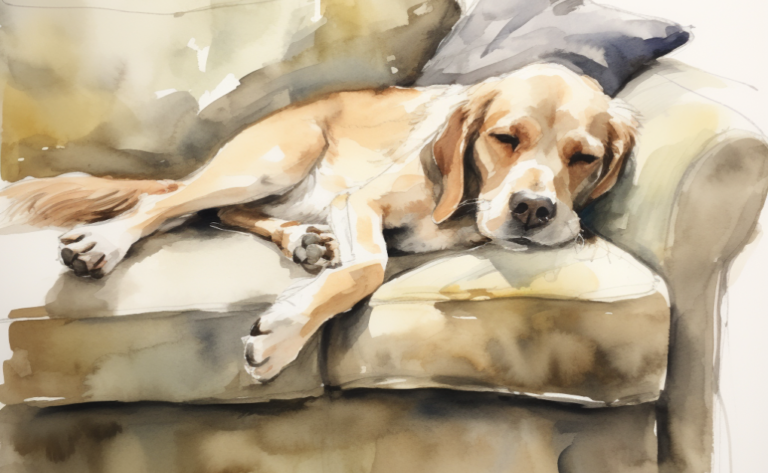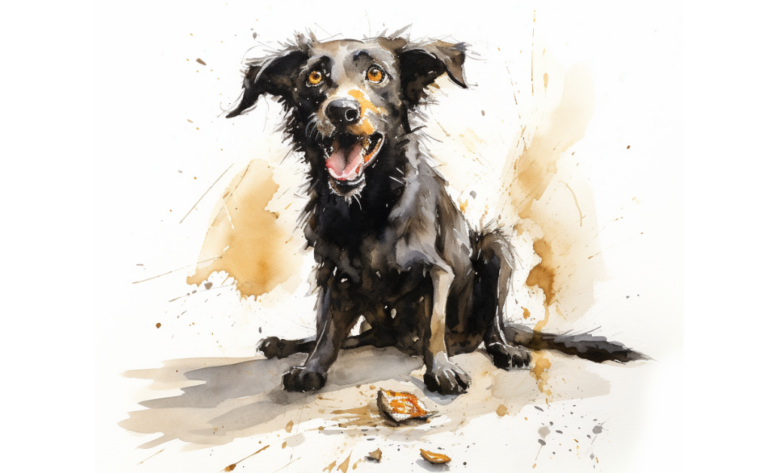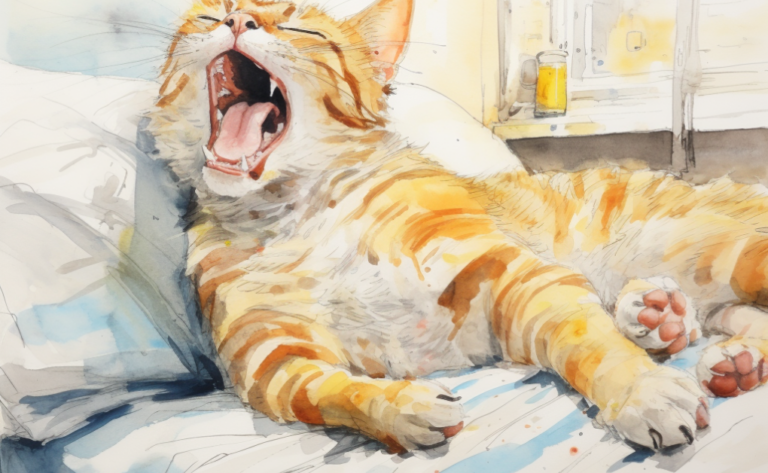What is Periodontal Disease in Cats?
What is it?
How is it Treated?
Breed Predispositions
Siamese and Persians
Introduction
When Oscar, a charming Siamese cat, began showing signs of discomfort while eating and developed bad breath, his owner, Susan, knew something wasn’t right. Concerned about Oscar’s well-being, she took him to their trusted veterinarian for a thorough examination. After a detailed oral assessment, the veterinarian diagnosed Oscar with periodontal disease, a common dental problem that can affect cats of all breeds and ages.
Periodontal disease in cats is a condition that targets the gums and other supporting structures enveloping the cat’s tooth. It is a progressive ailment that can lead to inflammation, damage to the gums, and potential tooth loss. The disease can be found below the gum line and along the gum edges, significantly impacting a cat’s oral health and overall well-being. Regular visits to the veterinarian and appropriate dental hygiene practices are indispensable to prevent and managing periodontal disease in cats, ensuring their oral health remains optimal. The management of plaque and calculus is a crucial aspect of this care.
What Causes Periodontal Disease in Cats?
The buildup of dental plaque and tartar on the teeth primarily triggers periodontal disease in cats. Plaque, a sticky coating on the teeth when bacteria merge with saliva and food particles, can harden into tartar or calculus if not promptly removed by regular brushing or engagement with appropriate dental toys. This aggregation of plaque and tartar forms an ideal environment for bacterial proliferation, giving rise to periodontal disease.
Here are some specific factors contributing to the emergence of periodontal disease in cats:
- Insufficient Dental Hygiene: Cats lacking regular dental care, including toothbrushing or professional cleanings, are more likely to develop periodontal disease. Inadequate oral hygiene leads to the buildup of plaque and tartar, fostering bacterial growth and inflammation of the gums.
- Diet and Nutrition: Feeding cats a diet primarily of soft or sticky foods can encourage the onset of periodontal disease. Such foods fail to provide the mechanical abrasion necessary to remove plaque from the teeth. Moreover, inadequate cat nutrition can weaken the cat’s immune system, rendering them more susceptible to dental infections.
- Genetic Factors: Some cats may be genetically predisposed to periodontal disease. Certain breeds, like Siamese and Abyssinians, are more likely to encounter dental issues.
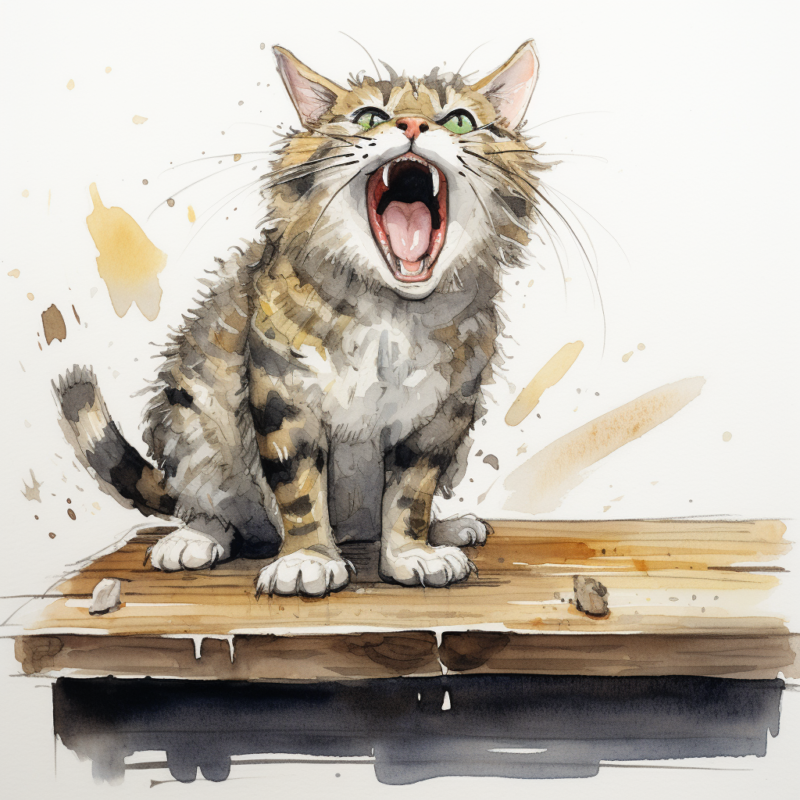
- Dental Anomalies: Cats exhibiting dental anomalies, such as retained deciduous teeth (baby teeth that fail to fall out) or malocclusion (misalignment of teeth), are at a higher risk of periodontal disease. These conditions can lead to areas conducive to plaque and bacterial accumulation.
- Systemic Health Conditions: Systemic health conditions like feline immunodeficiency virus (FIV), feline leukemia virus (FeLV) infections, diabetes mellitus, or autoimmune disorders can compromise the cat’s immune system, increasing its vulnerability to periodontal disease. This is particularly significant for cats infected with feline leukemia.
It’s important to underline that while plaque and tartar accumulation are the main causes of periodontal disease, they can lead to graver conditions like gum inflammation (gingivitis) and periodontitis, which involve damage to the gum tissues and supporting structures of the teeth. These conditions can evolve without proper treatment into tooth loss and systemic health problems such as cat cancer.
Regular dental care, including tooth brushing, dental diets, and professional cleanings under anesthesia, can help deter and manage cat periodontal disease. Furthermore, routine veterinary check-ups can help identify and tackle dental issues early, offering the cat owner peace of mind. In certain severe cases, cat surgery may be required.
Symptoms of Periodontal Disease in Cats
Periodontal disease in cats presents a range of symptoms, their intensity varying based on the condition’s severity. Here are some common signs to watch for:
- Halitosis (Bad Breath)
- Inflamed and Red Gums
- Accumulation of Tartar
- Gum Recession
- Loose Teeth
- Loss of Teeth
- Challenges while Eating
- Pawing at the Mouth
- Weight Loss
Spotting these signs of mouth pain in your cat, including changes in the gum tissue and the state of your pet’s teeth, should prompt immediate veterinary attention. For instance, if you notice the affected tooth showing signs of severe periodontal disease, such as loose or receding gums and the loss of bone around the tooth, it’s crucial to have your cat’s oral health assessed by a vet. Cat microchipping can also assist in health tracking.
Early detection and treatment of periodontal disease can thwart further progression and preserve your cat’s overall health. Hence, if you notice any signs of periodontal disease, seek professional help promptly.

Diagnosis for Cat Gum Disease
For a thorough diagnosis of periodontal disease in cats, a veterinarian typically conducts a detailed dental examination, which may incorporate the following investigative methods:
Visual Inspection
The veterinarian visually examines your cat’s teeth, gums, and oral cavity. They’ll be looking for signs of inflammation, accumulation of tartar, receding gums, loose teeth, and other abnormalities.
Periodontal Probing
A specialized, thin tool known as a periodontal probe measures the depth of gum pockets around each tooth. The veterinarian can gauge the level of attachment loss and the depth of periodontal pockets, which indicate periodontal disease, by gently inserting the probe into these pockets.
Dental Radiographs (X-rays)
Dental X-rays are key to assessing the health of the teeth and the structures beneath that are not visible to the naked eye. X-rays can reveal tooth root abscesses, loss of bone, and resorptive lesions. These images provide a holistic view of the oral cavity, aiding in an accurate diagnosis. Without X-ray images, diagnosing cat periodontal disease can be, diagnosing cat periodontal disease can be quite challenging.
Dental Charting
The veterinarian records the state of each tooth on a dental chart, noting the presence of tartar, gingivitis, mobility, dental fractures, or other abnormalities. Dental charting helps track periodontal disease’s progression and formulate a treatment strategy.
Anesthesia and Oral Examination
In certain cases, the cat may need to be under anesthesia for a thorough oral examination. This allows the veterinarian to conduct a more comprehensive evaluation, including inspecting the teeth more closely, cleaning where plaque builds up under the gum line, and assessing the oral cavity for any irregularities.
Combined, the above diagnostic methods allow veterinarians to accurately determine the stage and severity of periodontal disease in cats. This information is crucial in formulating an appropriate treatment plan and providing cat dental care that will improve the oral health of your feline companion. Regular dental check-ups and preventive care are key to the early detection and management of periodontal disease, preventing conditions like cat heartworm. When periodontal disease leads to observable symptoms, it is always worth taking your cat to the vet.
Treatment for Feline Periodontal Disease
Treating periodontal disease in cats involves several strategies based on the condition’s severity. Common treatment methods include:
Professional Teeth Cleaning
This procedure necessitates general cat anesthesia and involves the veterinarian using special dental tools to eradicate plaque and tartar from the teeth, which includes the areas below the gum line, in a process known as scaling. Afterward, the teeth are polished to smooth the surfaces and deter further plaque accumulation.
Feline Tooth Extraction
An extraction might be necessary if a tooth is seriously damaged, infected, or loose due to advanced periodontal disease. The extraction of the affected tooth aids in eliminating the infection source and preventing additional complications.
Prescribed Antibiotics
Antibiotics are often prescribed to combat the bacterial infection linked to periodontal disease. These can be given orally or via injections to target the specific bacteria causing the infection. Antibiotics are generally used with other treatments and might be prescribed for a specified duration.
Periodontal Therapy
For more advanced cases of periodontal disease, additional treatment like periodontal surgery may be needed to manage deep periodontal pockets and gum inflammation. This could involve subgingival curettage, root planing, or antimicrobial agents to reduce the bacterial presence and encourage healing.
Pain Management
Cats with periodontal disease might experience discomfort and pain. Therefore, the veterinarian may prescribe cat medication or suggest appropriate pain management techniques to ensure the cat’s comfort during treatment and recovery.
Home Dental Maintenance
Caring for the teeth at home is pivotal in managing and preventing cat periodontal disease. This includes regular toothbrushing using cat-specific toothpaste, dental diets, chews, and other dental care products the veterinarian recommends. These measures help to maintain oral hygiene and minimize the buildup of plaque and tartar.
Bear in mind that the approach to treatment will be based on the individual cat’s condition and the veterinarian’s recommendations. Dental care and monitoring, which includes regular dental check-ups and professional cleaning, is essential for managing and preventing cat periodontal disease, which can lead to tooth resorption and feline odontoclastic resorption lesions affecting the roots of the teeth. In some cases, laser therapy or cat tooth extraction may be necessary as part of the treatment.
How to Prevent Gum Disease in Cats?
Pet owners have a significant role in warding off periodontal disease in cats. Here are a few measures they can implement to foster excellent dental health:
- Routine Dental Maintenance: Set up a regular dental care routine for your cat. Brush their teeth daily using a cat-specific toothbrush and toothpaste to remove plaque and inhibit tartar buildup. Begin slowly and make it an enjoyable experience for your cat by providing treats and using gentle, circular motions. This tooth-brushing routine is a part of cat dental care and the best way to prevent dental disease.
- Dental Diets and Snacks: Ensure your cat has a balanced diet with dental health benefits. Dental diets are created to help lessen plaque and tartar accumulation. Dental treats or chews designed to support oral health can also be advantageous. Seek advice from your veterinarian to select the most suitable choices for your cat.
- Water Supplements: Contemplate using water additives explicitly made for dental health. These additives can be included in your cat’s drinking water to aid in reducing bacteria and plaque development.
- Routine Veterinary Appointments: Organize regular dental examinations for your cat. Your veterinarian will evaluate your cat’s oral health, spot any signs of dental disease, and provide necessary treatments or suggestions. Regular check-ups enable early detection and intervention, preventing the disease’s progression.
- Professional Dental Cleanings: Dental cleaning conducted professionally is vital in maintaining your cat’s oral health. These cleanings include scaling, polishing, and eradicating plaque and tartar from the teeth. Talk to your veterinarian to establish the correct frequency of professional cleanings for your cat based on their specific teeth needs.
- Observe Oral Health: Keep an eye out for indications of dental issues, such as bad breath, inflamed gums, redness, bleeding, or eating difficulties. If you notice any unusual occurrences, contact your veterinarian without delay.
- Dental Toys and Enrichment: Supply your cat with appropriate dental toys and enrichment activities. Chew toys or dental-specific toys can stimulate their gums and endorse dental health. Interactive toys and puzzle feeders can also promote chewing and boost oral hygiene.
Bear in mind that prevention is crucial when it comes to periodontal disease. By incorporating these preventive measures, part of cat preventive care, and maintaining regular veterinary care, you can ensure the health of your cat’s teeth and gums, support the teeth, and reduce the risk of periodontal disease. Regular care of the teeth is essential, especially if your cats develop severe conditions where teeth need to be removed to prevent dental disease.
Frequently Asked Questions
Disclaimer: The information provided on this veterinary website is intended for general educational purposes only and should not be considered as a substitute for professional veterinary advice, diagnosis, or treatment. Always consult a licensed veterinarian for any concerns or questions regarding the health and well-being of your pet. This website does not claim to cover every possible situation or provide exhaustive knowledge on the subjects presented. The owners and contributors of this website are not responsible for any harm or loss that may result from the use or misuse of the information provided herein.

